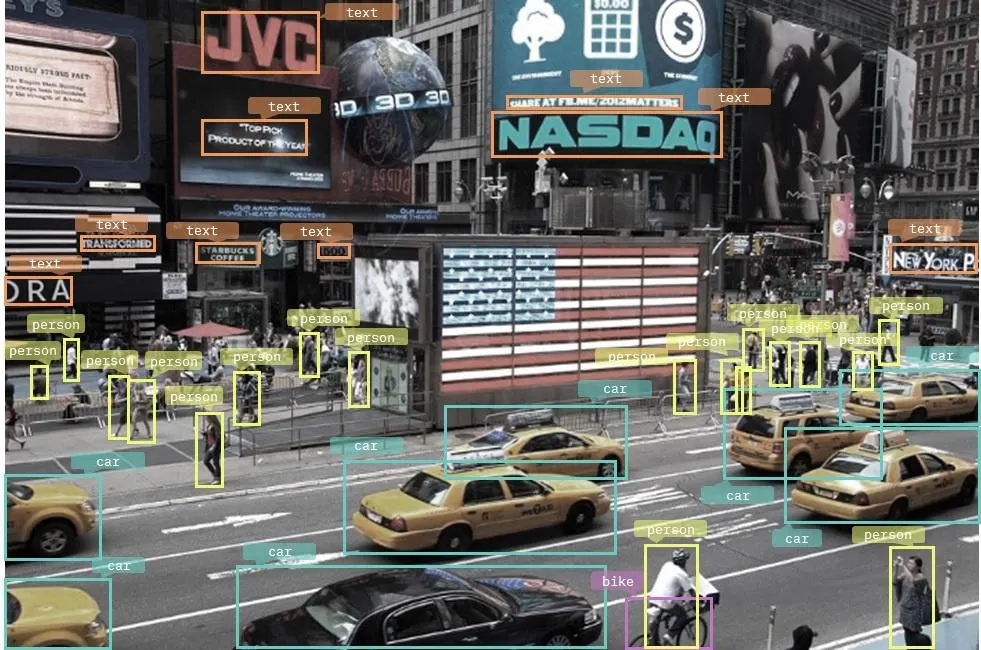Comments
- No comments found

In today's fast-paced world, the seamless integration of cutting-edge technologies has become the cornerstone of innovation.
Among these, computer vision and edge computing stand out as two pivotal pillars transforming various industries. Computer vision, an AI-driven technology, enables machines to interpret, analyze, and comprehend visual information from the world. On the other hand, edge computing empowers real-time data processing and analytics at the edge of the network, closer to the data source, reducing latency and enhancing efficiency.

The convergence of computer vision and edge computing has unlocked a new realm of possibilities, especially in sectors where real-time data analysis and low latency are critical. By bringing intelligence closer to the data source, businesses can now make faster, more informed decisions. This synergy has particularly revolutionized the following domains:
Traditional surveillance systems are being rapidly replaced by intelligent and proactive solutions driven by computer vision and edge computing. These systems can process and analyze video feeds from multiple cameras in real-time, detecting anomalies, predicting potential threats, and alerting authorities promptly. As a result, security personnel can respond to incidents more effectively, making public spaces safer.
The integration of computer vision with edge computing has significantly enhanced industrial automation. In manufacturing units, cameras deployed alongside production lines can identify defective products with precision. By analyzing data at the edge, the system can take immediate corrective actions, preventing defective items from progressing further in the production process. This optimization minimizes downtime, reduces waste, and boosts overall productivity.
Brick-and-mortar retailers are leveraging computer vision and edge computing to gain a deeper understanding of customer behavior and preferences. Smart cameras placed strategically in stores can analyze shoppers' movements, product interactions, and even facial expressions, all while maintaining data privacy. This data-driven approach helps retailers optimize store layouts, offer personalized recommendations, and ultimately enhance the overall shopping experience.
The automotive industry is undergoing a transformative shift with the advent of self-driving vehicles. Computer Vision algorithms deployed at the edge enable these cars to interpret and respond to their surroundings swiftly. By processing data from multiple sensors in real-time, autonomous vehicles can detect pedestrians, road signs, obstacles, and other vehicles, ensuring safe and reliable navigation on the roads.

While the synergy of computer vision and edge computing presents tremendous potential, it also comes with its set of challenges:
Edge devices usually operate with limited bandwidth compared to centralized cloud servers. This limitation requires optimizing computer vision models and data transmission to ensure efficient processing without overwhelming the network.
As data is processed closer to the data source, ensuring the security and privacy of sensitive information becomes paramount. Robust encryption and authentication mechanisms must be in place to safeguard data from unauthorized access or tampering.
For large-scale deployments, managing and scaling edge devices can be complex. It is essential to design flexible architectures that can accommodate growing computational demands while maintaining seamless operations.
The seamless integration of computer vision and edge computing is undeniably reshaping the technological landscape across various industries. From empowering real-time surveillance and industrial automation to revolutionizing retail experiences and autonomous vehicles, this synergy offers unprecedented opportunities for innovation and growth. As organizations continue to explore this amalgamation, addressing challenges such as bandwidth limitations, security, and scalability will pave the way for a future where actionable insights are derived instantaneously, driving efficiency, safety, and productivity to new heights.
Leave your comments
Post comment as a guest